Spring into Movement: Energizing Yoga Flows to Awaken Your Body After Winter
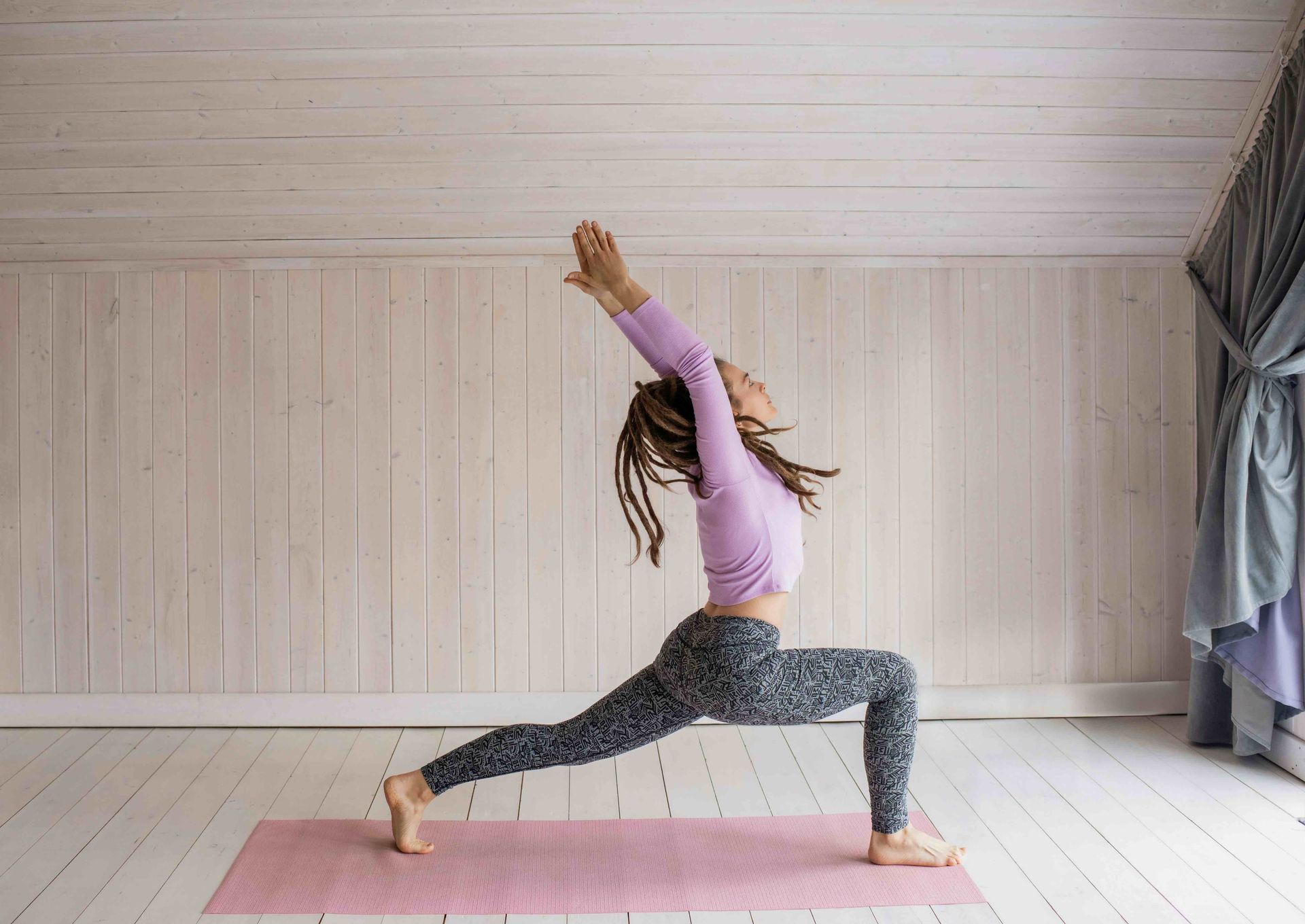
As the chill of winter fades and the promise of spring blooms around us, it’s the perfect time to shake off the sluggishness of colder months and welcome renewed energy into our lives. Just as nature awakens and blossoms, our bodies and minds crave movement and vitality. Yoga offers a wonderful way to transition into spring, invigorating the body, clearing the mind, and reconnecting with our inner energy.
Here are some energizing yoga flows and practices to awaken your body after winter and embrace the new season with open arms.
Why Yoga is Perfect for Spring Renewal
During winter, many of us slow down and hibernate, leading to tight muscles, reduced flexibility, and a buildup of stagnation in the body and mind. Yoga helps:
- Reawaken Energy: Flowing movements stimulate circulation and activate dormant muscles.
- Detoxify: Twists and dynamic sequences promote detoxification by stimulating internal organs.
- Boost Mood: The combination of movement and breathwork lifts the spirits and combats winter blues.
- Increase Flexibility: Gradual stretching helps release tension built up during months of inactivity.
Breathwork to Awaken Energy
In addition to movement, incorporating pranayama (breathwork) can enhance your spring yoga practice. Try Kapalabhati (Skull Shining Breath) to energize and clear the mind:
- Sit comfortably with a straight spine.
- Take a deep inhale and exhale sharply through your nose, pulling your belly inward with each exhale.
- Repeat for 30 seconds to 1 minute.
Tips for Embracing Spring with Yoga
- Practice Outdoors: Take your yoga practice outside to connect with nature and soak up the revitalizing energy of spring.
- Set Intentions: Use your practice to set positive intentions for the season, focusing on growth, renewal, and self-care.
- Stay Consistent: Commit to a regular practice, even if it’s just 10-15 minutes a day, to maintain momentum and energy.
Spring is a time of transformation and renewal. By incorporating energizing yoga flows into your routine, you can awaken your body, clear your mind, and embrace the season’s vibrancy. Let your practice be a celebration of movement, growth, and the endless possibilities that spring brings.
Roll out your mat, take a deep breath, and spring into movement—your body and mind will thank you.

At Southern Lotus Yoga in McDonough, GA, we seek to create a community where we nurture practicing yoga with kindness and compassion while encouraging others to share in this spirit both on and off mat. We strive to cultivate an enriching yoga practice that balances, mind, body and spirit. Our students leave their mats feeling grounded by a well-rounded experience through our programs, classes and events. Call Us or Register Now!
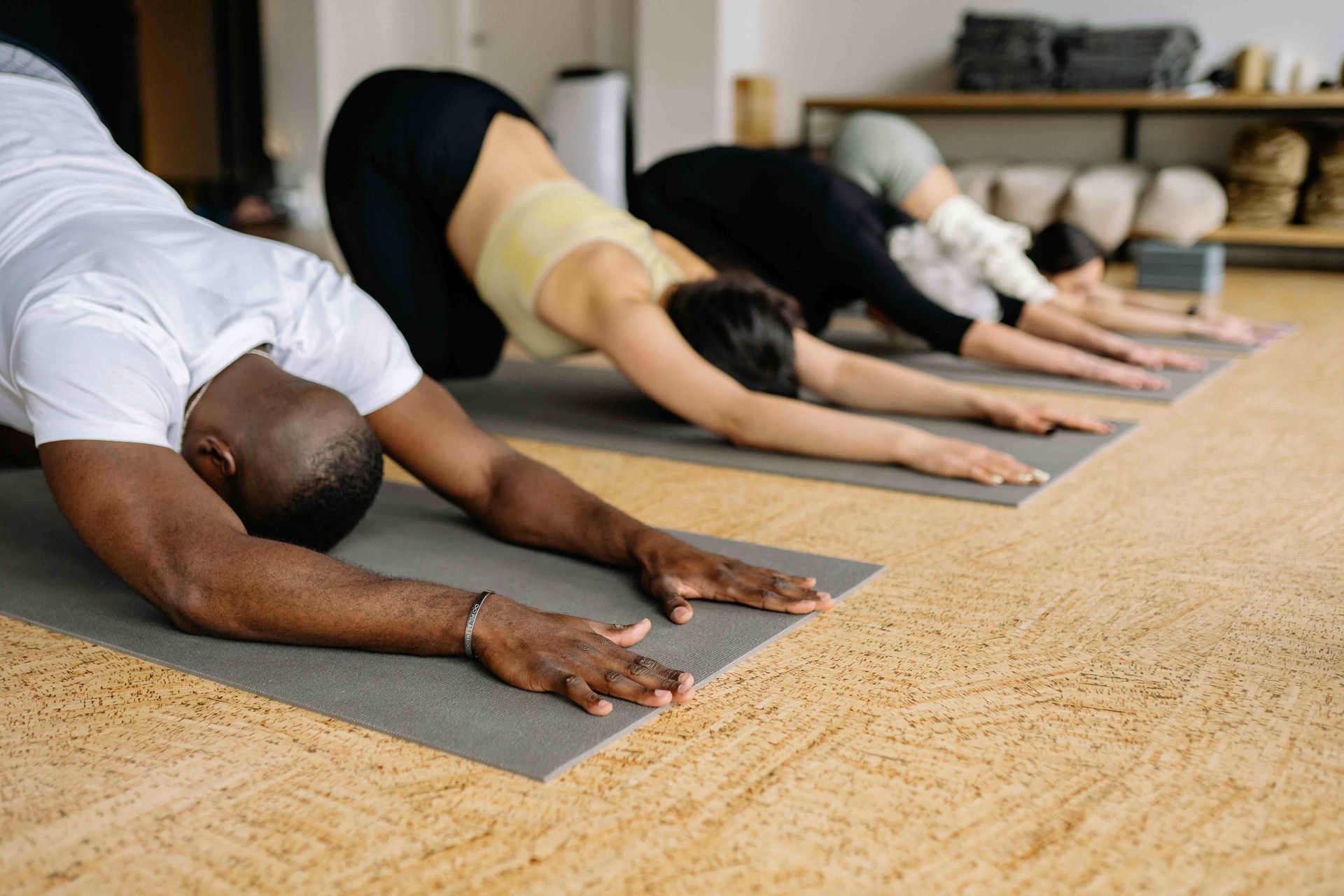

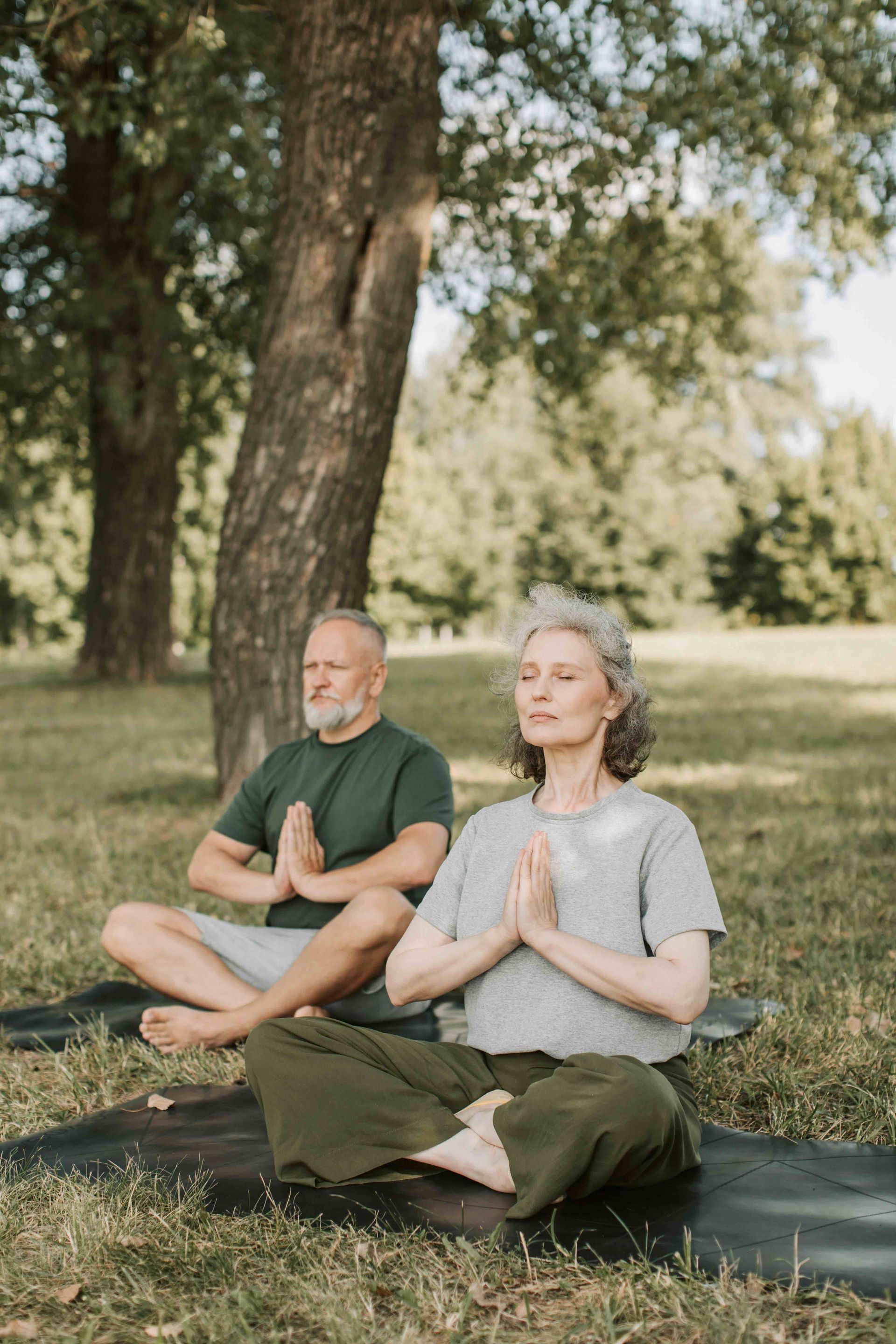


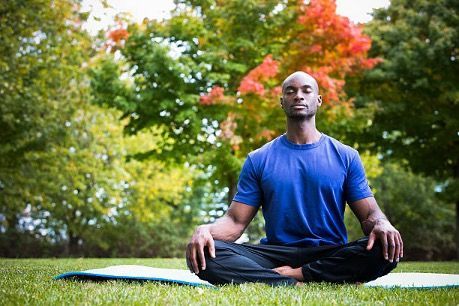




At Southern Lotus Yoga, we seek to create a community where we nurture the practice of yoga with kindness and compassion to serve the greater McDonough area.
All Rights Reserved | Southern Lotus Yoga

